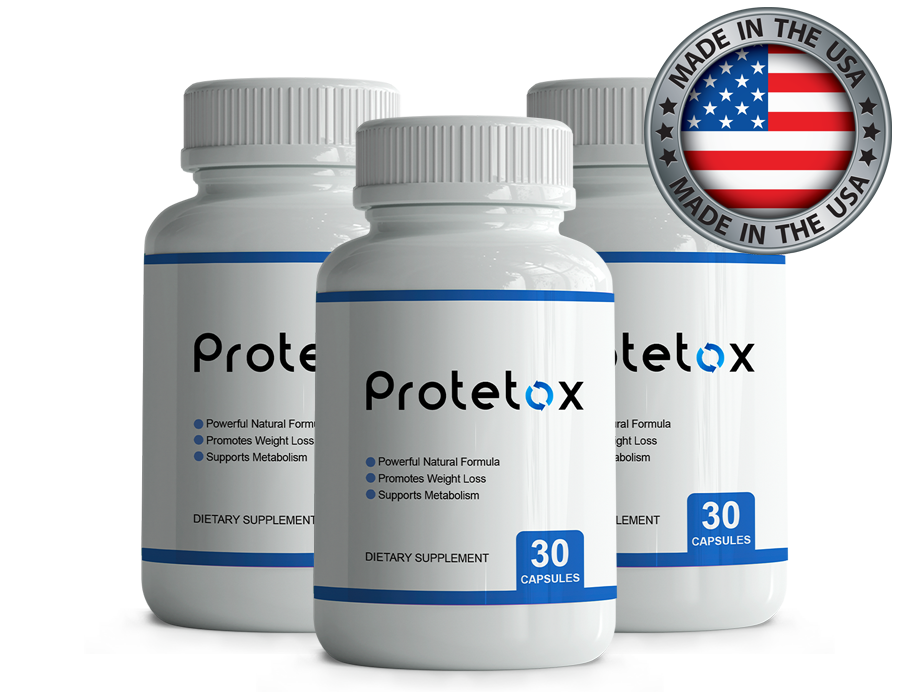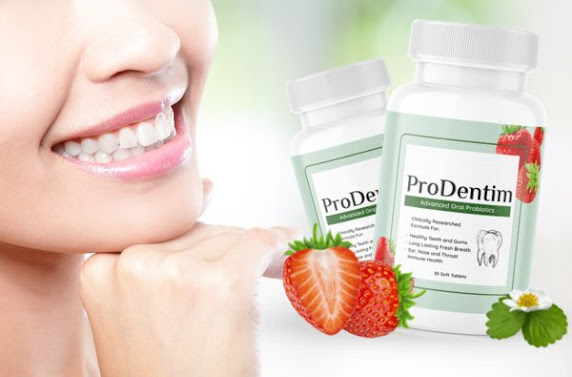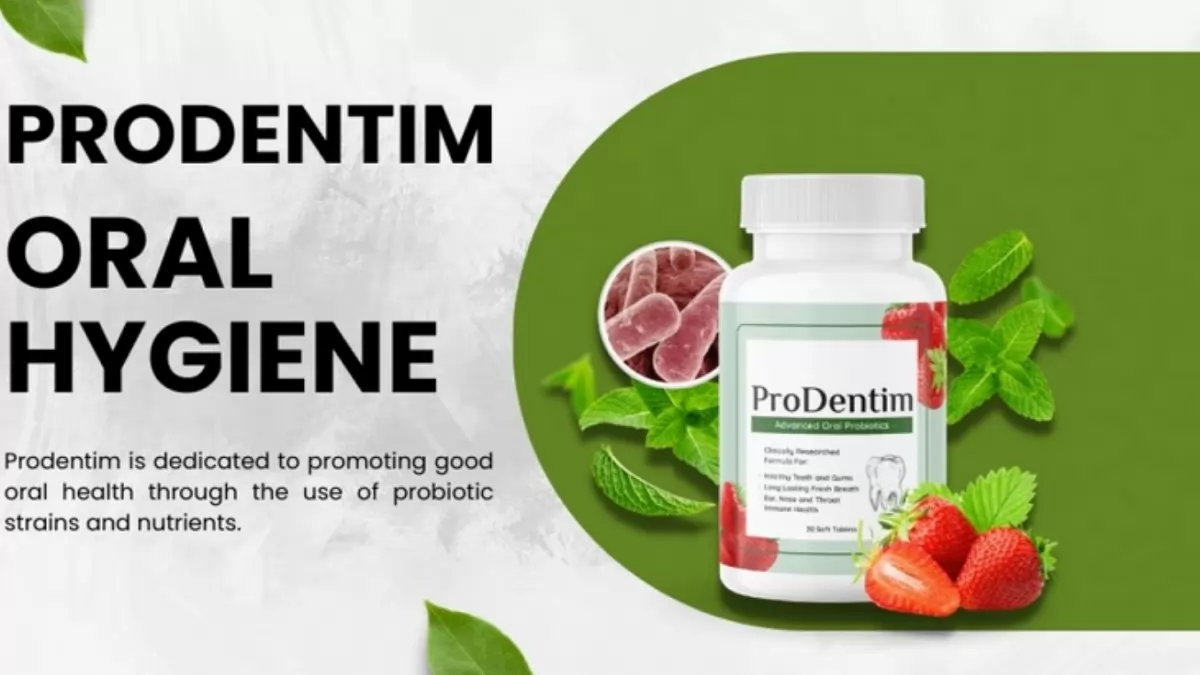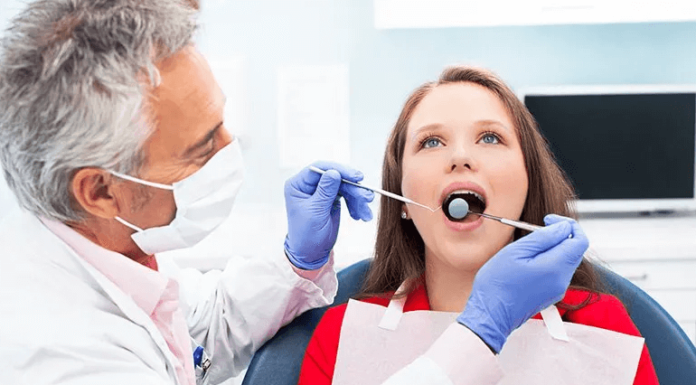How to Promote Good Bacteria in Your Mouth?
Your mouth has millions of bacteria living inside, with strains of good and bad bacteria constantly interacting and leveling each other out. Many common oral healthcare problems stem from that delicate balance becoming offset and creating an environment where bad bacteria are left to grow unchecked.
An imbalance of more bad bacteria than good can have significant effects on your oral health. While the good bacteria helps offset this process, poor oral hygiene decreases its ability to fight back against the bad bacteria. This imbalance of your mouth’s microbiome is often the culprit of plaque buildup and enamel loss, contributing to tooth decay, tooth loss, cavities, and even gum disease.
How do you make sure that you have enough good bacteria in your mouth to counteract the effects of the bad bacteria? Keeping a healthy microbiome is easier than you might think. Take a look at the tips below for promoting the growth of good bacteria (while discouraging the growth of bad bacteria).
Tip #1: Brush and floss regularly
You can’t eliminate all bacteria from your mouth, but you can create an environment that makes it difficult for bad bacteria to grow. Bad bacteria love to sneak in and create a home at your gum line, nestling between your teeth and your gums and contributing to periodontal disease. A regular brushing and flossing routine will ensure that bad bacteria are kept in check and remove the opportunity for them to grow. Brush twice each day (ideally after each meal) and floss at least once a day before brushing.
This is a favorite tip for dentists and physicians alike, and with good reason! Sugary drinks not only contribute to obesity, diabetes, and heart disease, but they also are a leading cause of tooth decay. This is because bad bacteria thrive on sugar compounds, converting sugar into acid. If you don’t have enough good bacteria to neutralize the acid, you could be at risk of enamel loss, tooth decay, and cavities. Avoiding sugary drinks will support the growth of good bacteria while restricting bad bacteria (and the negative side effects that come along with them).
Acidic drinks have the same effect as sugary drinks—they promote bad bacterial growth and cause additional strain on the good bacteria. Harmful bacteria thrive in sugary and acidic environments, upsetting the balance of your microbiome. You don’t have to give up your morning coffee altogether: the key is to be mindful of how much you consume and ensure that you are regularly brushing and drinking water to counteract that bacteria (see below).
Drinking water is a great way to keep your mouth hydrated, refreshed, and clean. It washes away food particles, eliminating potential breeding grounds for bad bacteria. Upping your water consumption is particularly important for those who struggle with saliva production, as saliva is a key factor in removing food particles and maintaining moisture. If your mouth is not properly hydrated, harmful bacteria will have a better opportunity to multiply and overwhelm the balance of good and bad bacteria.
If you’ve heard it once, you’ve heard it a million times—smoking has a significant effect on your oral and overall health. When it comes to the bacteria in your mouth, research has suggested that nicotine reduces your ability to fight the bacteria that causes inflammation. This is a leading cause of why smokers are more prone to develop periodontal disease.
We all have a balance of good and bad bacteria in our mouths. While we can’t eliminate that bacteria altogether, we can make it harder for the bad bacteria to grow! The trick to good oral health is to make sure that the scales don’t tip toward harmful bacteria—brush and floss, drink water and avoid sugary and acidic foods to keep your teeth and gums healthy for years to come.


































